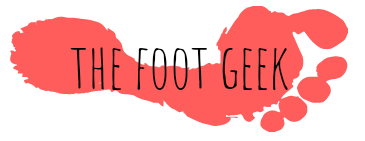*Originally published on 08/06/2020
Let me ask you a question: you’re indoors, getting ready to go out. Of course, you’ll need to wear shoes first. Which ones do you usually go for? Ballet pumps? Nike Air Maxes? Those killer Stilettos? What if I told you that the type of footwear you use over time can affect your feet, for better or for worse?
The Four Main Parts of Your Shoes
Before we delve into the mysteries of this, first you need to know the basics of the typical makeup of a shoe:
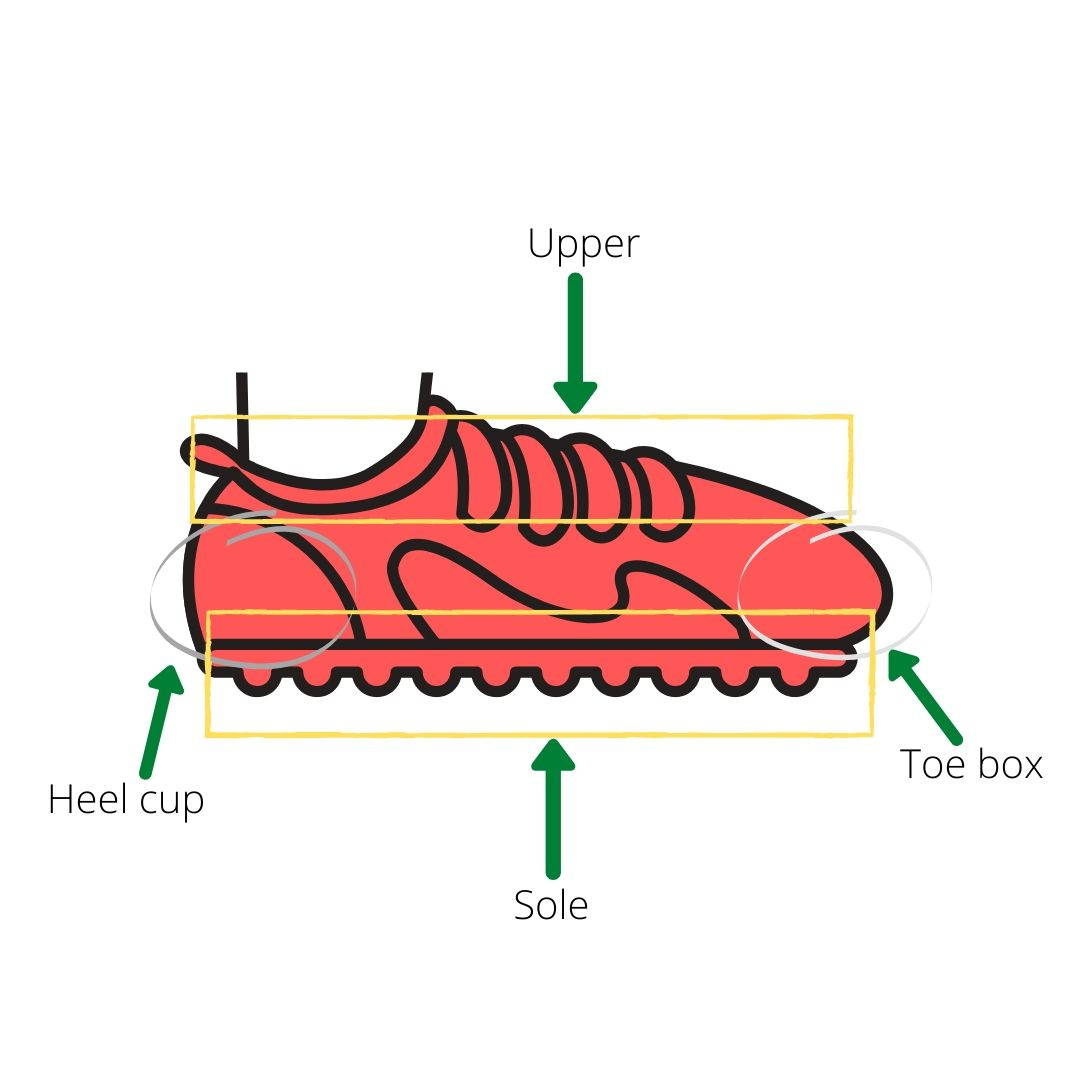
All shoes have:
- An upper: holds the shoe onto a foot
- A sole: this is made up of the insole (where the foot rests. Usually removable but not always!), the mid-sole (the section in between the insole and the outsole) and the outsole (the bit of a shoe that contacts the ground)
- A toe box: the area where your toes are
- A heel cup: the area where your heels are
Here’s everything you need to know about what makes a shoe good for your feet
4 Features To Look Out For In Your Shoes
1 A wide enough, deep enough and long enough toe box
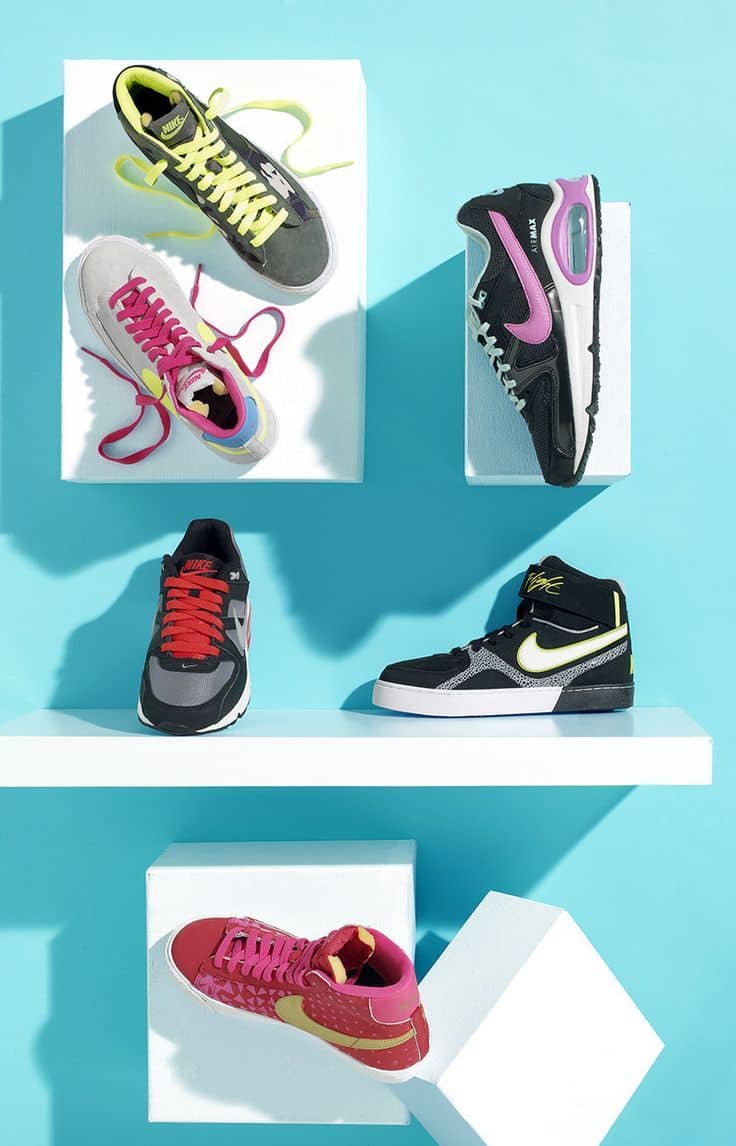
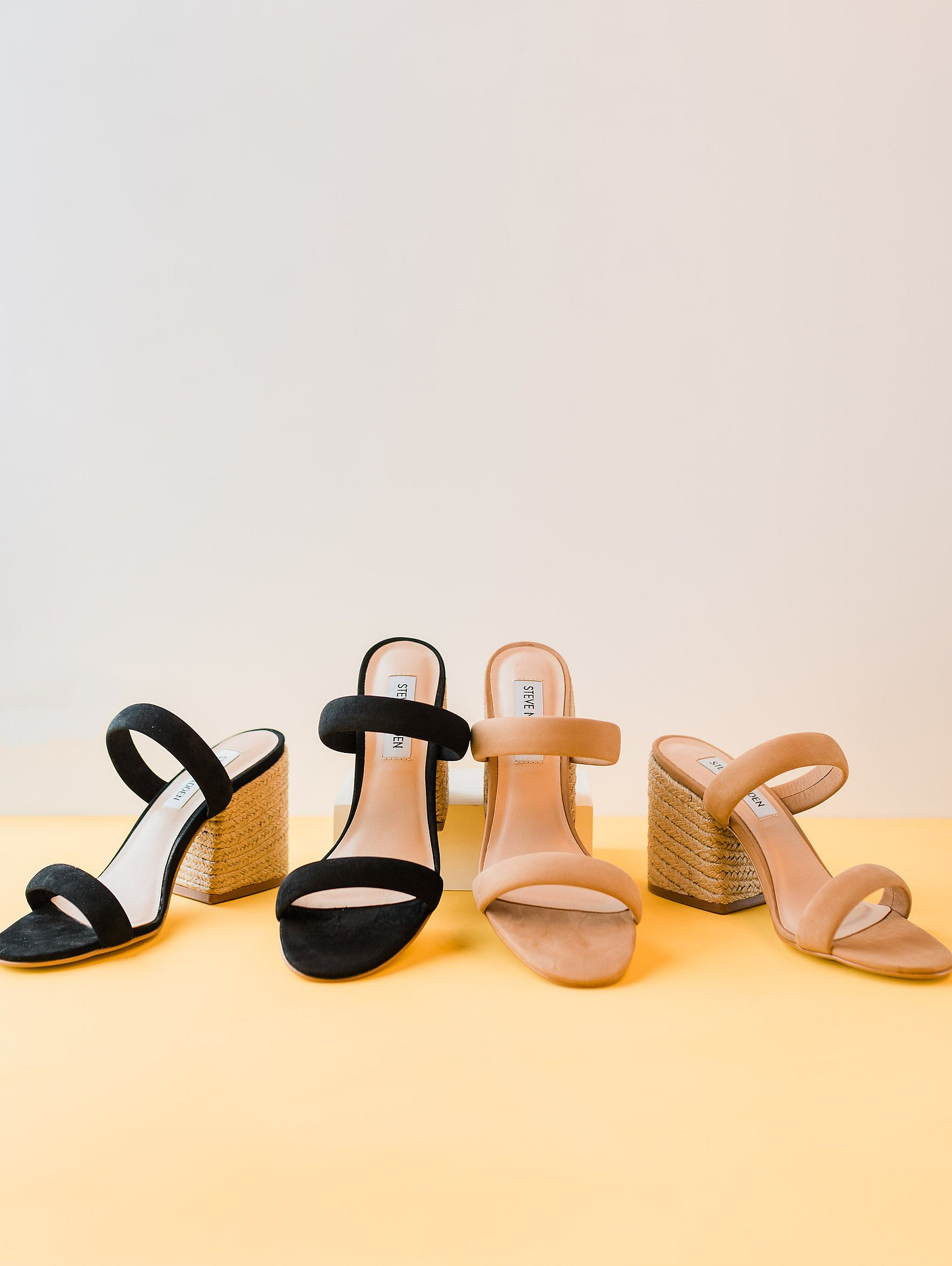
A toe box that’s wide, deep and long enough means your toes don’t become squeezed when you walk.
This freedom your toes experience helps prevent Callus or Corns forming.
Callus/corns: these areas of hard skin develop due to excessive pressure your feet fell from e.g. a too-small toe box squashing your toes.
How to check if a toe box is good
- Wear shoes with the laces/straps done. Then, use your finger to rummage around your toe box. If you can feel your toes right at the tip of the box, your toe box is not long enough. There needs to be at least 2 mm between the tips of your toes and the tip of the box.
- Next, rummage around the sides of the toe box as well. If you can clearly feel the sides of your toes, the toe box is probably not wide enough.
- Now focus on the top of the box. If you can clearly feel the top of your toes pushing at the top of the box (without you pushing your fingers in), the toe box is not deep enough.
Balance is key- you don’t want a toe box that’s too wide, too long or too deep.
2 Support via laces or straps
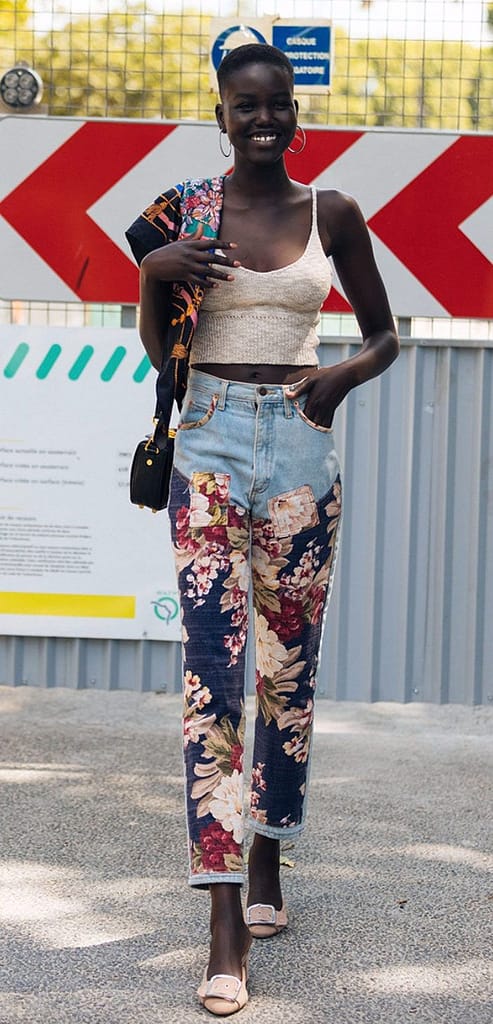
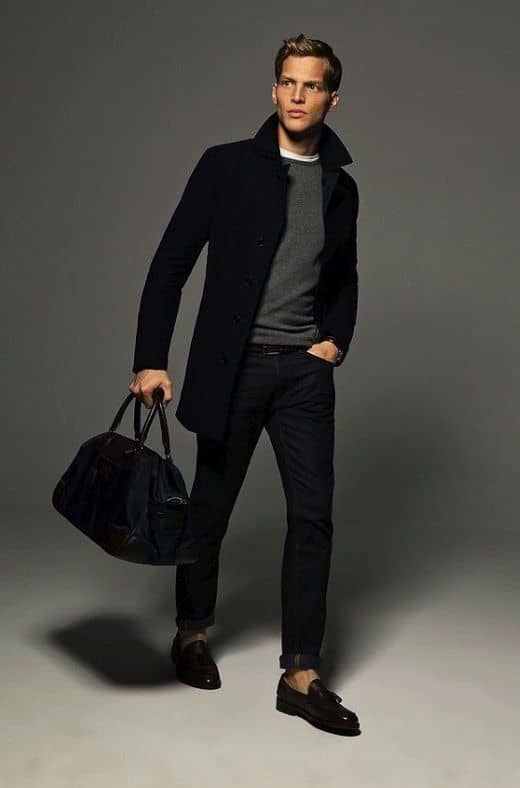

Ballet pumps, loafers and high heels are not the best shoes to wear regularly. Credits (from left): Adut Akech, Outfit Trends, Zendaya
By regularly, I mean 24/7, 365 days a year (heels especially can really negatively affect your feet).
These types of shoes are best worn occasionally because give your feet minimal support:
When you walk in a shoe, your feet should stay still. Shoes that have adjustable laces or straps gives your feet support because they make sure no movement occurs.
Why Your Super Comfy Shoes Are Probably Not Supportive Enough
A lack of support from shoes like heels, pumps or loafers means your feet move around too much, providing continuous trauma to your toes and your toenails
Prolonged toenail trauma (over years) can lead to thicker nails or even ingrown toe nails. Ouch!
3 Heel height that’s max two inches (five cm)
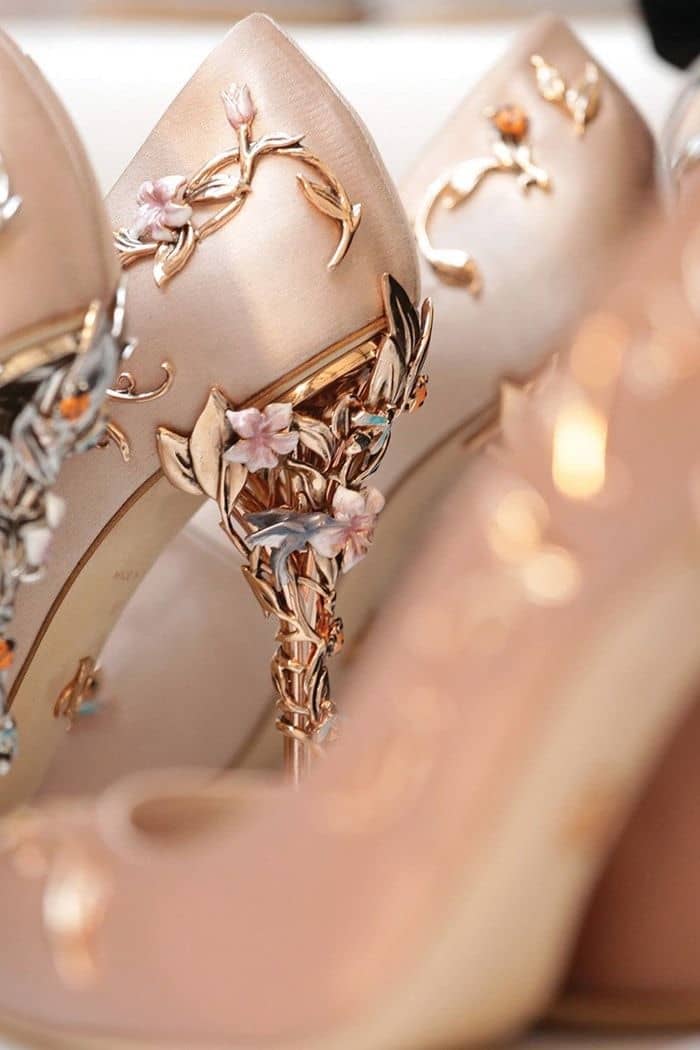
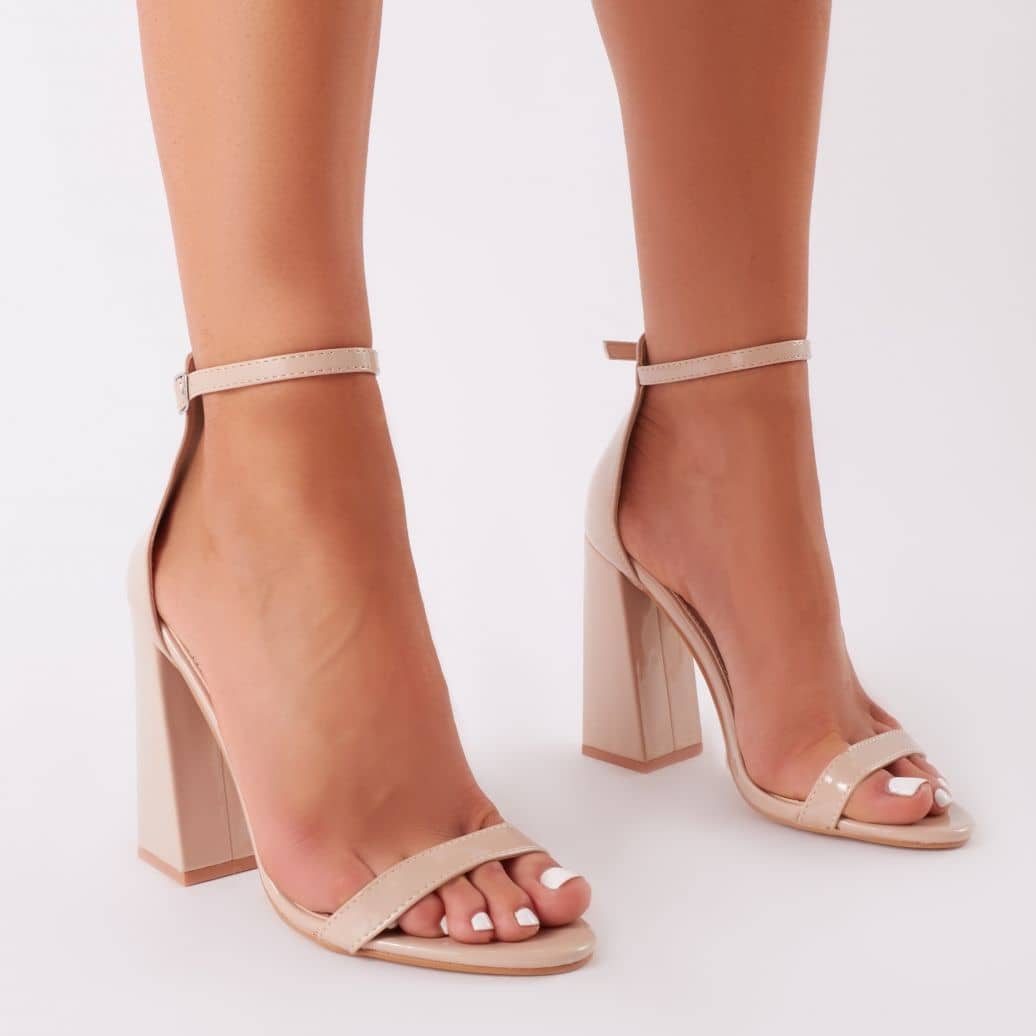
High heels put your feet into an abnormal position, for relatively long periods of time.
This can lead to some foot problems over time, like your big toe pointing towards the other toes/worsening Bunions, your toes becoming clawed etc.
Solution: If you semi-regularly wear heels, stick to ones with a heel height that’s max 2 inches.
4 (Optional) A shoe that has an upper made out of Leather or another natural material
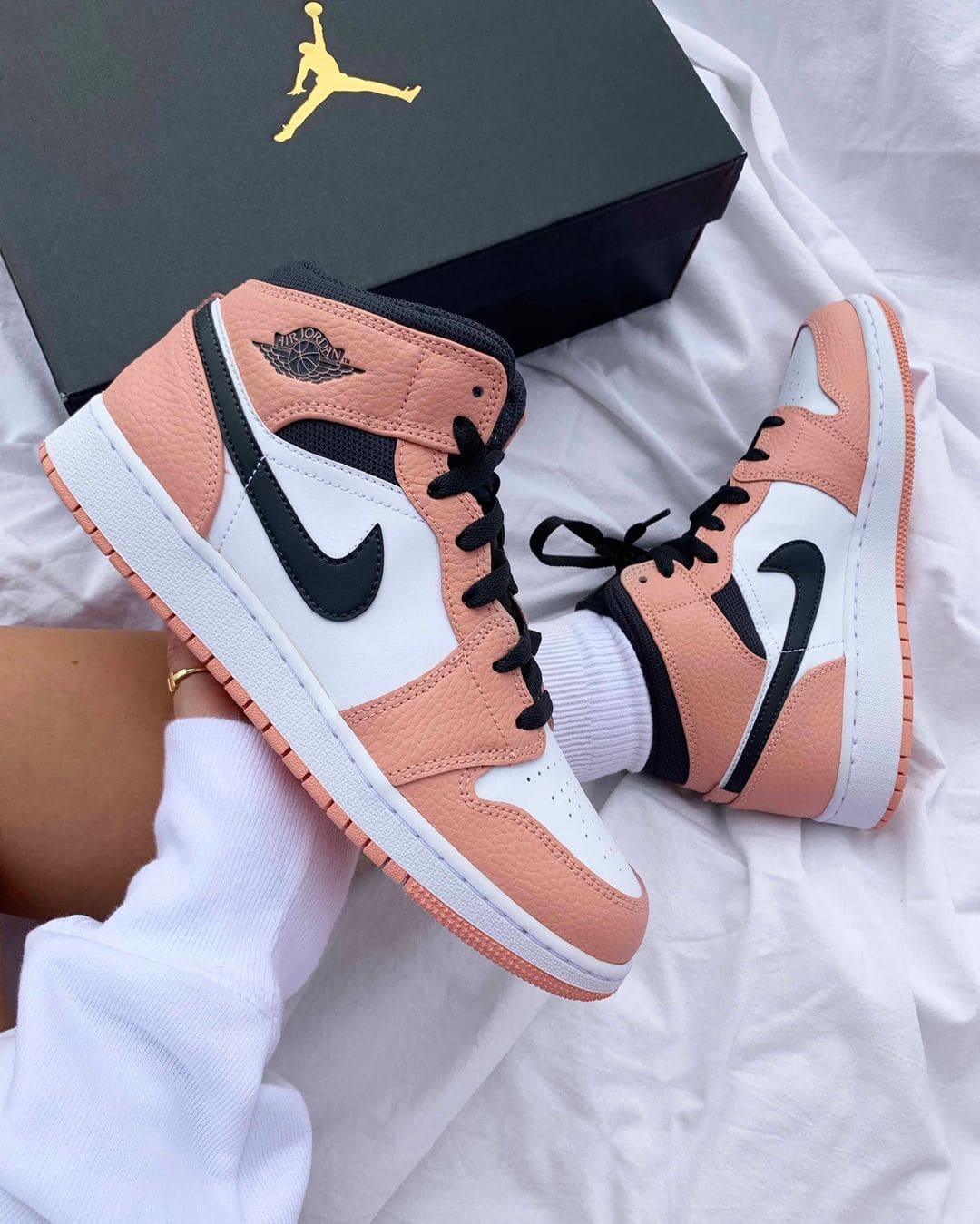
Do you wear trainers/sneakers a lot? Most modern trainers or converses made today have an upper made out of Synthetics or Textile.
There’s nothing wrong with wearing these types of shoes but since synthetics and textile are not as permeable to air as leather is, they have an increased likelihood of retaining sweat.
If the sweat accumulates over time, Hyperhidrosis (aka sweaty feet) can occur 🤢.
This, combined with poor foot hygiene, can result in Bromidrosis (aka smelly feet).
So what’s the solution?
- Let your trainers and other synthetic/textile-made shoes air out after you’ve worn them
- Don’t wear the same shoe all day, everyday
- Stick to good foot hygiene
And now for a quick Q and A😁:
Q Best shoes for athletes and people who stand/walk a lot?
A One of the brands I recommend to patients looking for good running shoes is ASICS (e.g. their Gel range). A lot of the shows tick all 4 boxes.
Q Have to wear smart shoes/heels in work. What can I do to protect my feet?
A Do the trainer-shoe-trainer rule- wear trainers to work, your smart shoes in work, and back to trainers heading home. If you have to wear heels at work, this rule will help protect your toes a lot.
Heel lovers: check put this blog post on some pain management tips.
Q I have super flat feet- what type of shoes should I wear?
A Shoes that tick at least the first 3 tips I’ve mentioned and have:
A firm heel cup- to test, squeeze it. If it compresses easily, its not good. A firm heel cup gives your heels stability
A high arch-also helps stabilise your feet
Ditch super flexible shoes- to test, fold a shoe and twist the middle. If your shoe folds/twists easily, its not a good quality shoe
Q I’m Diabetic- why should I be careful when choosing shoes to wear?
A One of the ways some Diabetics develop callus is wearing shoes that are too narrow for the toes. Follow all 3 shoe rules and you’re feet will be fine.
For more info on how Diabetes affects feet, see here.
Conclusion
All of these tips might be a bit overwhelming for you, but if you start in small steps, you’ll get there in no time.
Learnt anything new? Don’t forget to leave a comment.

Subscribe to The Foot Geek
Get new content delivered directly to your inbox.
